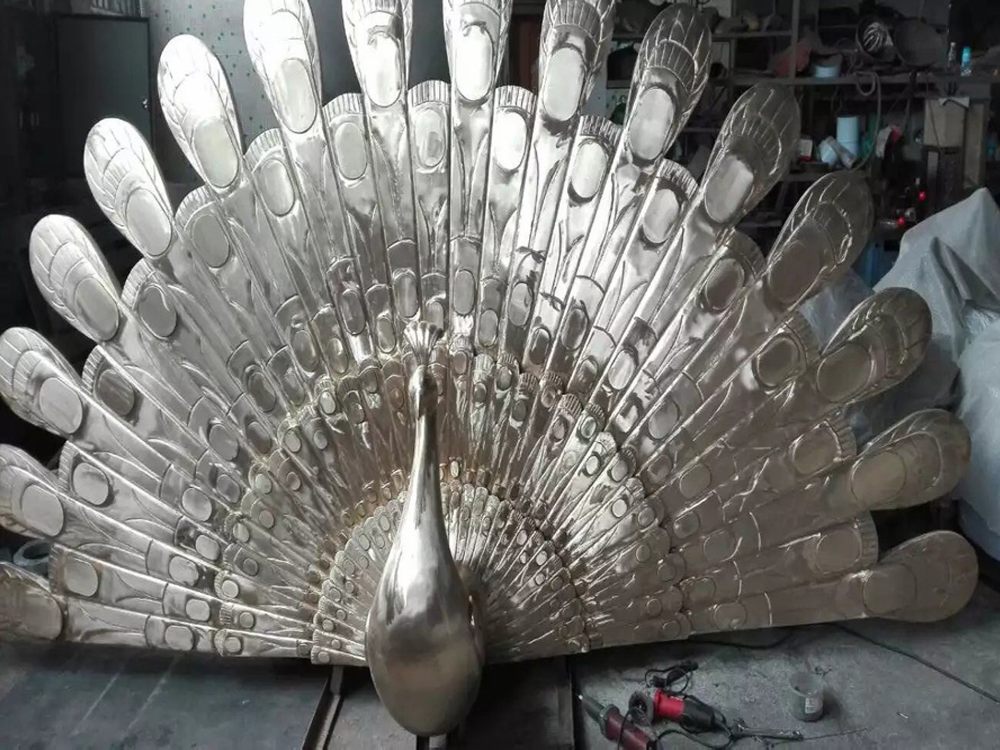
The ability to make rigid stone appear fluid and dynamic is one of the most captivating feats in art history. Artists employ several sophisticated techniques to breathe life into their static creations.
One primary method is the use of contrapposto, where the figure's weight shifts to one leg, creating subtle tension in the torso and limbs. This technique, perfected by ancient Greek sculptors, suggests a moment caught between movements.
Drapery plays a crucial role in suggesting motion. By carving fabric with deep, flowing folds that appear to ripple or billow, sculptors create the impression that the figure has just moved or is about to move. The famous "Winged Victory of Samothrace" demonstrates this perfectly with its wind-swept garments.
Strategic undercutting allows light to create dramatic shadows that change as the viewer moves, enhancing the sense of motion. Bernini's "Apollo and Daphne" uses this technique to make Daphne's transforming limbs appear to move before our eyes.
The choice of moment is equally important. Capturing a transient pose - like a dancer mid-leap or a figure turning - tricks the brain into anticipating the next movement. Michelangelo's "Dying Slave" exemplifies this with its twisting torso that seems to shift even as we look at it.
Modern sculptors have pushed these techniques further, sometimes incorporating actual moving elements or optical illusions that change based on viewing angle. These methods continue the ancient tradition of making the hardest materials appear astonishingly alive.

